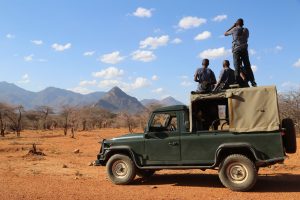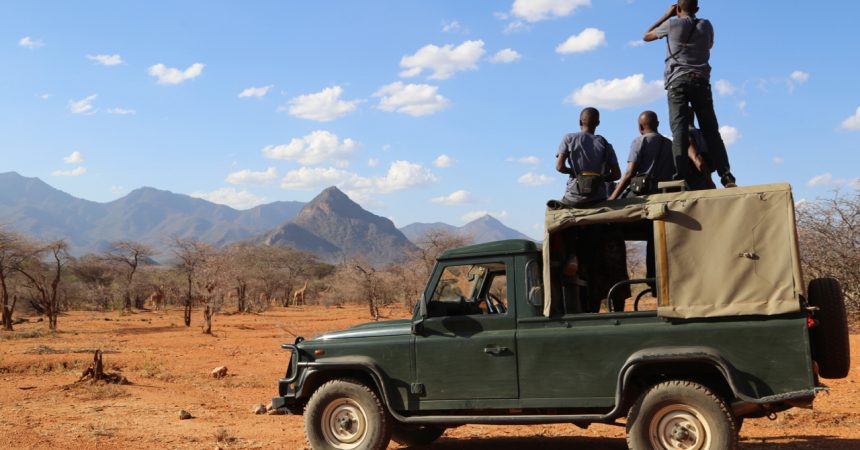Zoo InternQuest is a seven-week career exploration program for San Diego County high school juniors and seniors. Students have the unique opportunity to meet professionals working for the San Diego Zoo, Safari Park, and Institute for Conservation Research, learn about their jobs, and then blog about their experience online. Follow their adventure here on the Zoo’s website!
 Though giraffes are well known in our society, many are not aware of the declining giraffe population in the wild. In Kenya, populations have decreased by 40% in the past 20 years, from 140,000 to about 86,000 today. Giraffes have moved from least concern to vulnerable to extinction on the red list. The red list of threatened species is an inventory of the conservation status of species compiled by the International Union for Conservation of Nature. In the wild, giraffes are threatened by habitat loss, land degradation, and poaching. The reticulated giraffe is one of the distinct subspecies of giraffes in Kenya. Characterized by a striking pattern between brown and white spots extending to the kneecaps, this species appears to be wearing white socks.
Though giraffes are well known in our society, many are not aware of the declining giraffe population in the wild. In Kenya, populations have decreased by 40% in the past 20 years, from 140,000 to about 86,000 today. Giraffes have moved from least concern to vulnerable to extinction on the red list. The red list of threatened species is an inventory of the conservation status of species compiled by the International Union for Conservation of Nature. In the wild, giraffes are threatened by habitat loss, land degradation, and poaching. The reticulated giraffe is one of the distinct subspecies of giraffes in Kenya. Characterized by a striking pattern between brown and white spots extending to the kneecaps, this species appears to be wearing white socks.
Jenna Stacy-Dawes and Nikki Egna are members of the reticulated giraffe conservation effort. The reticulated giraffe conservation group works with two conservancies in northern Kenya. At one of the study sights, people and livestock live alongside the wildlife. The other study sight is private and fenced, surrounded by local communities. The priority of the reticulated giraffe conservation effort is to raise awareness of giraffe conservation of those living on the conservancies.
During their trips to Kenya, Ms. Stacy-Dawes and Ms. Egna educate the community about trail cameras that are placed around the conservancies. These motion-sensored trail cameras capture images of giraffes and other wildlife. Documenting the number of giraffes in the area allows for an estimation of the reticulated giraffe population. The data is entered into a ‘Giraffe Spotter’ database, including the number of giraffes on each conservancy. Using this data, Ms. Stacy-Dawes and Ms. Egna determine why the giraffes favor certain areas over others. Some of these reasons include less people and livestock or access to more water.
The reticulated giraffe conservancy effort launched a ‘Wild Watch Kenya’ website working in conjunction with Zooniverse, where people can help classify and sort data from the trail cameras in Kenya. Since millions of images have been uploaded, it can be difficult for Ms. Stacy-Dawes and Ms. Egna to sort through all of them. With the help of the public, we can help aid in conservation efforts right from the comfort of our own homes.
It is critical for Ms. Stacy-Dawes and Ms. Egna to work with the community in northern Kenya. The native people can provide information about the number of giraffes in their area and instances of poaching. The reticulated giraffe conservancy has built their trust with the communities in Kenya. This organization has provided conservation-related jobs to many native people, which increases interest in protecting the giraffe population.
Working with communities at home and in Kenya, the reticulated giraffe conservation group is actively working to restore the wild giraffe population. When working towards a similar goal, people from many different countries and communities can make a positive impact. In our day in age, it is important to remember the importance of coming together to save species like the beloved reticulated giraffe.
Meghan, Real World
Week Six, Winter Session 2018


